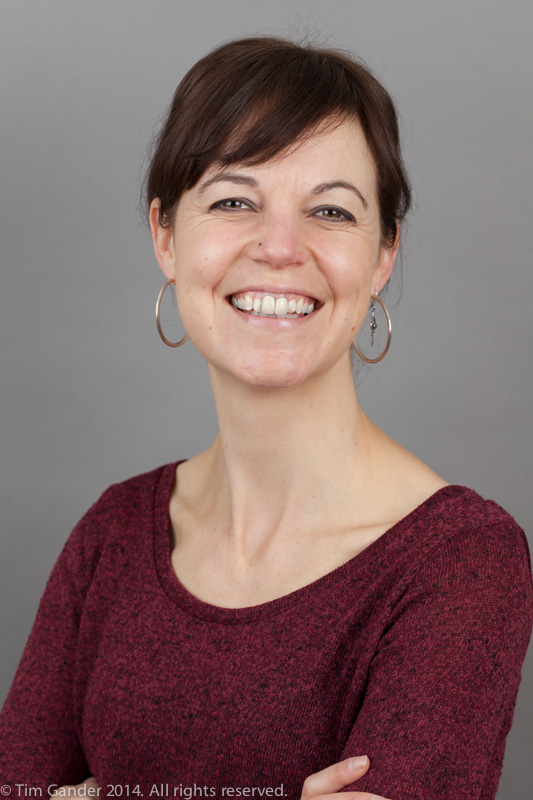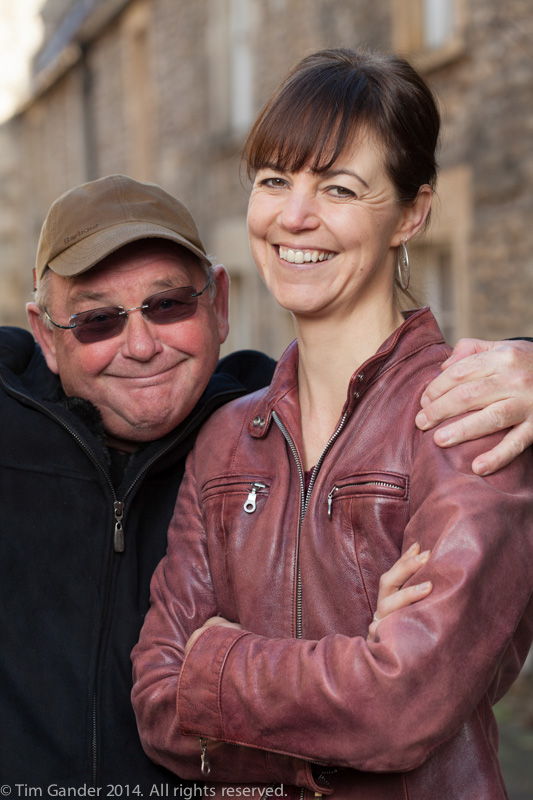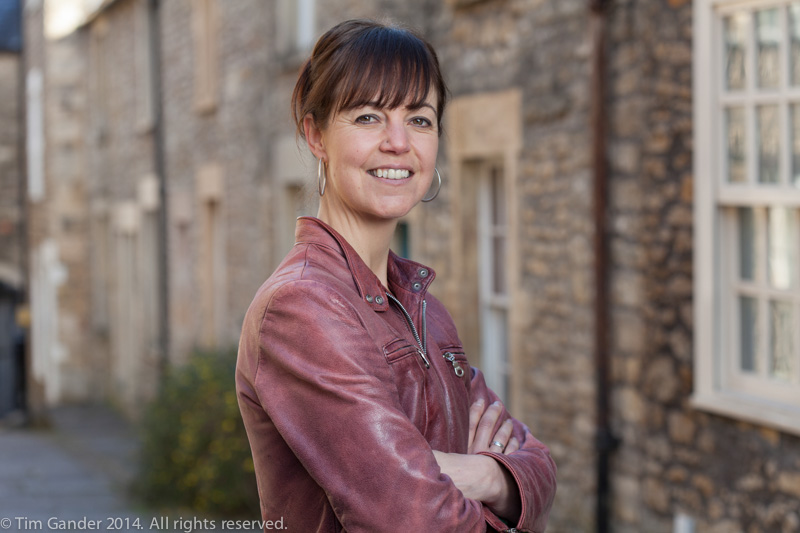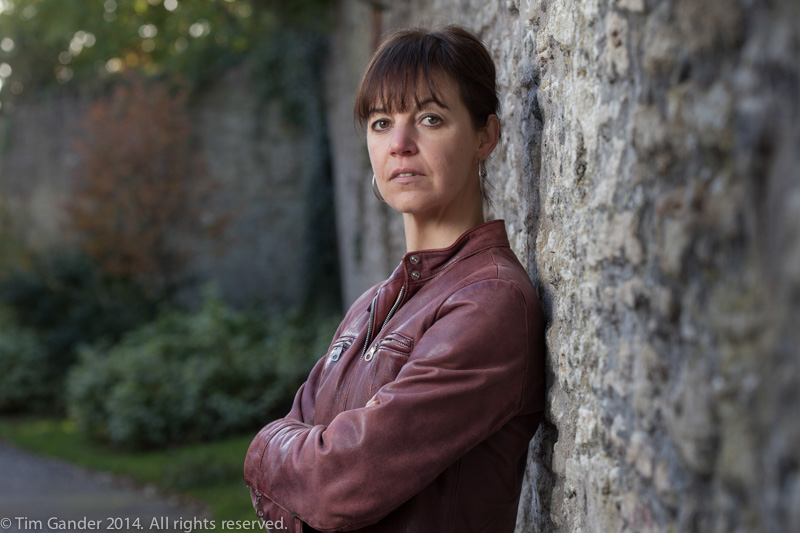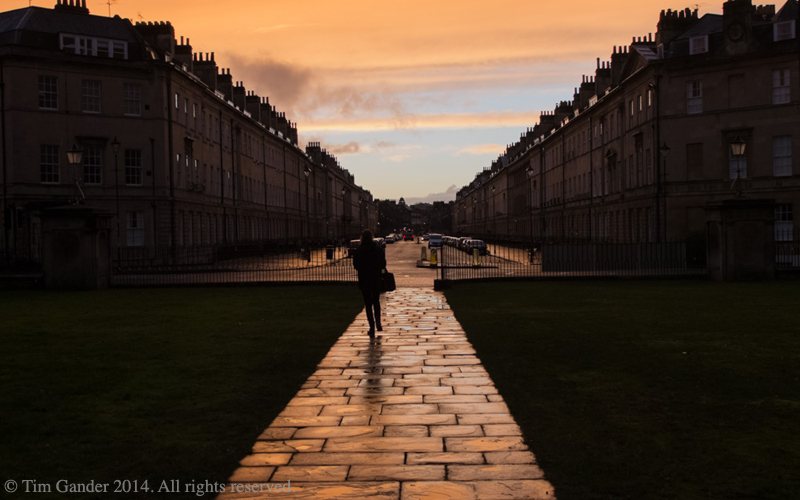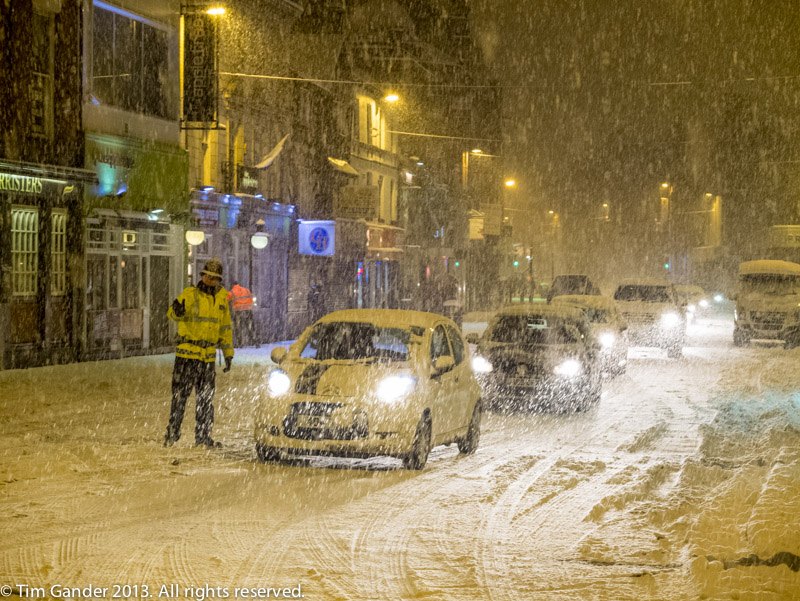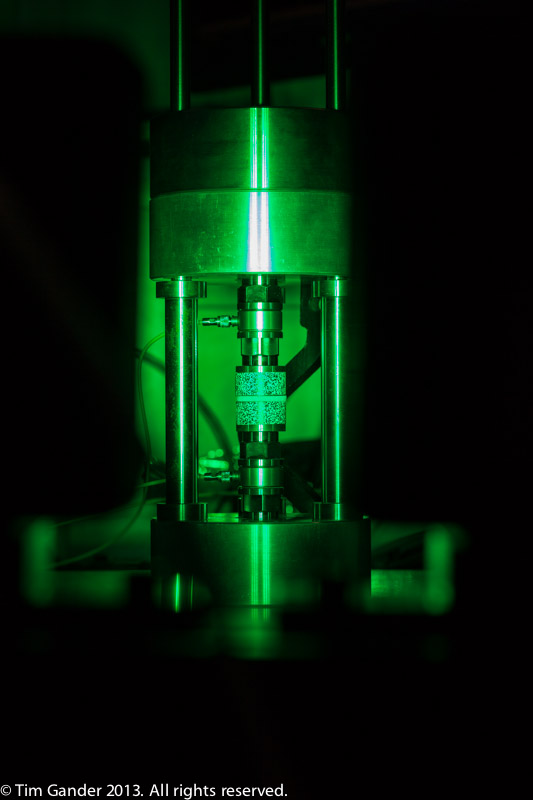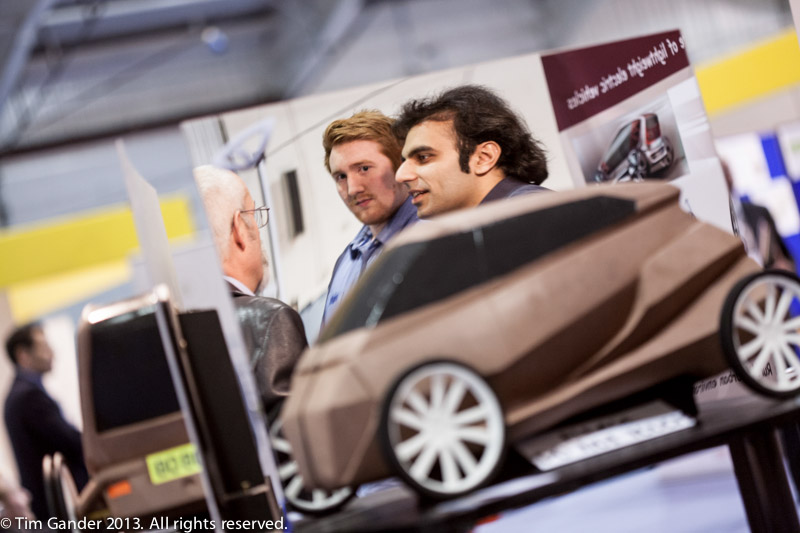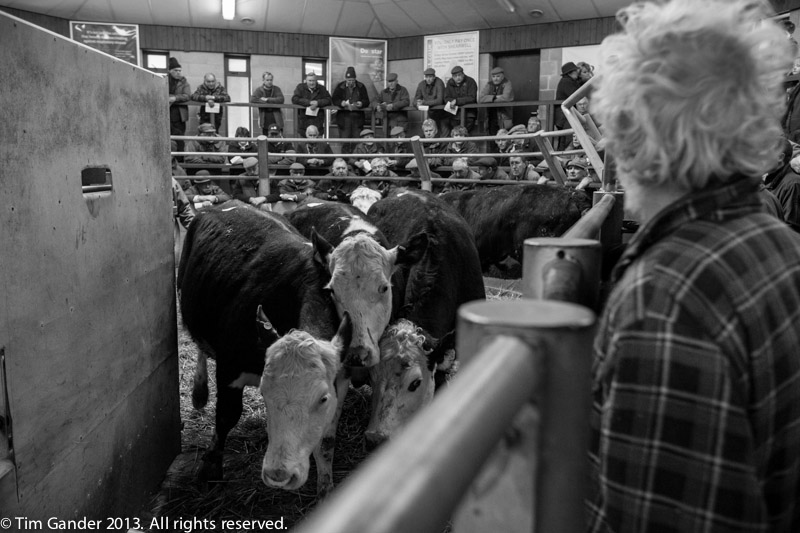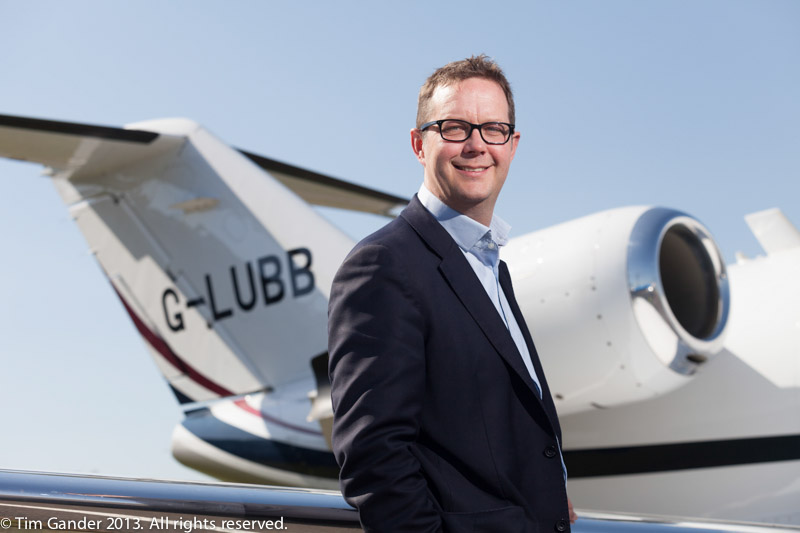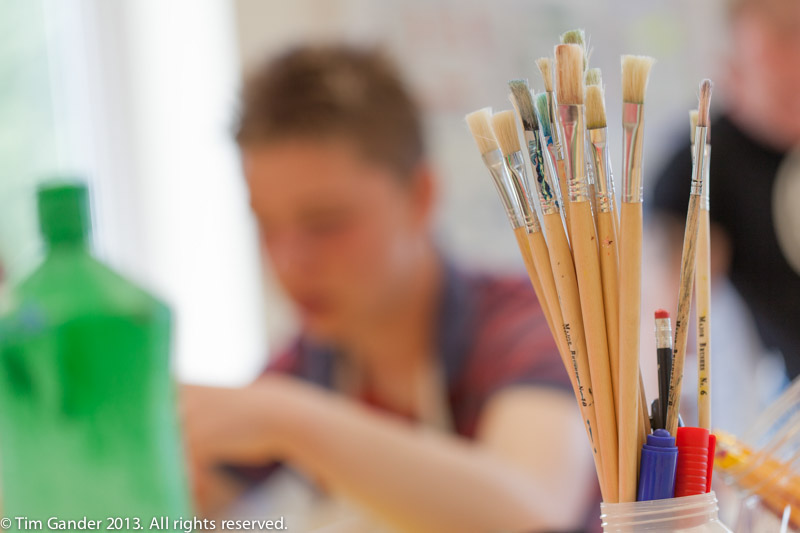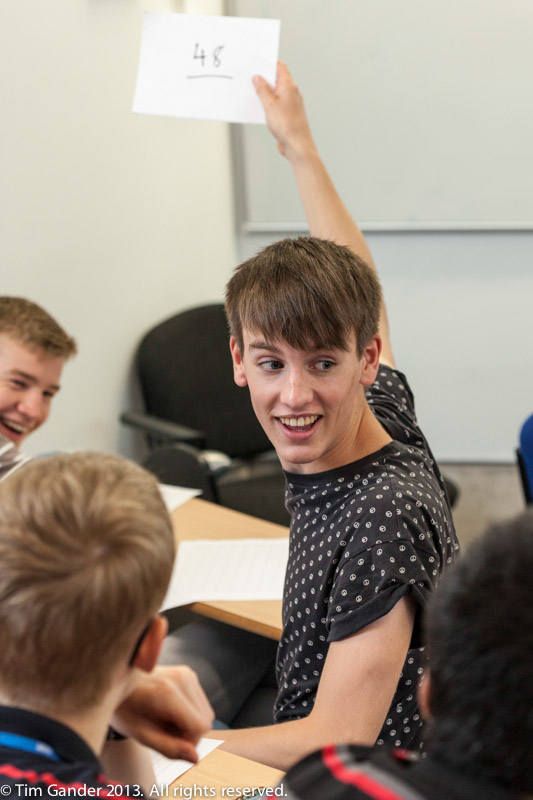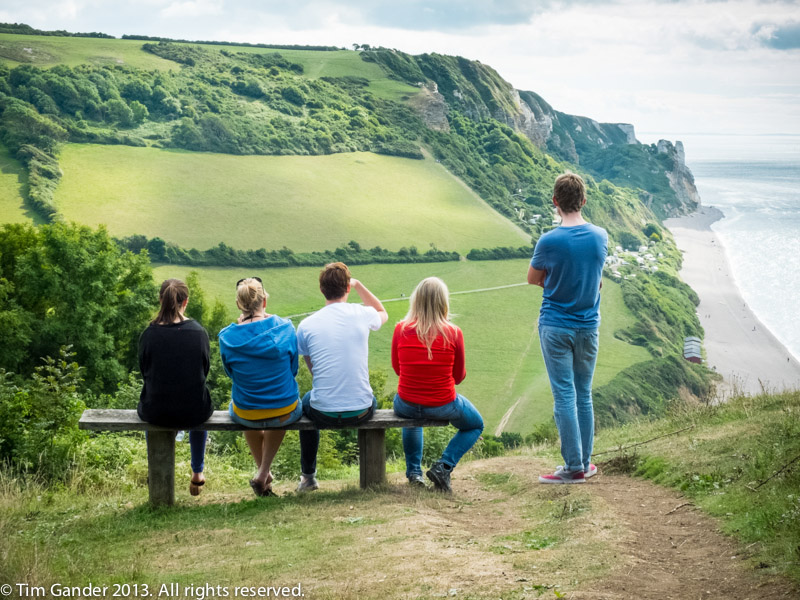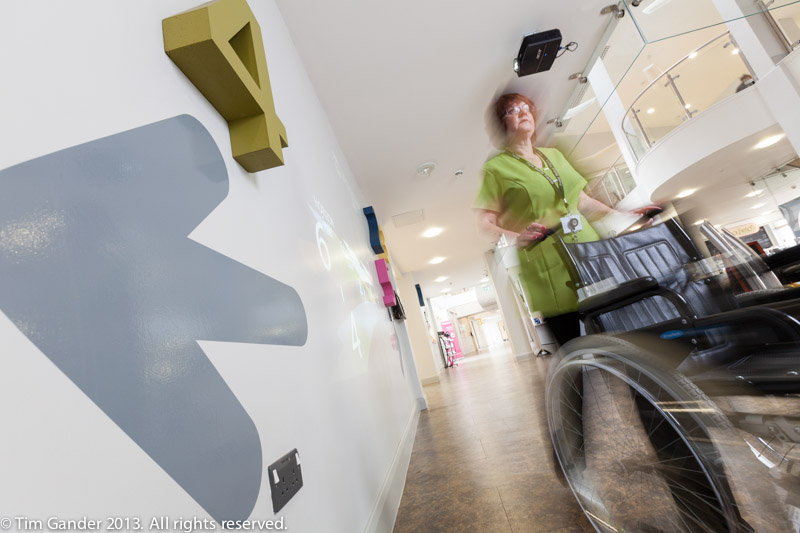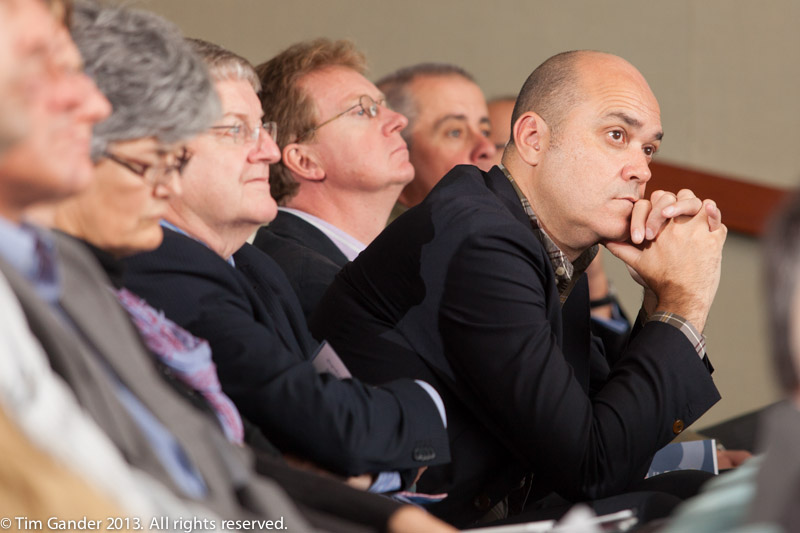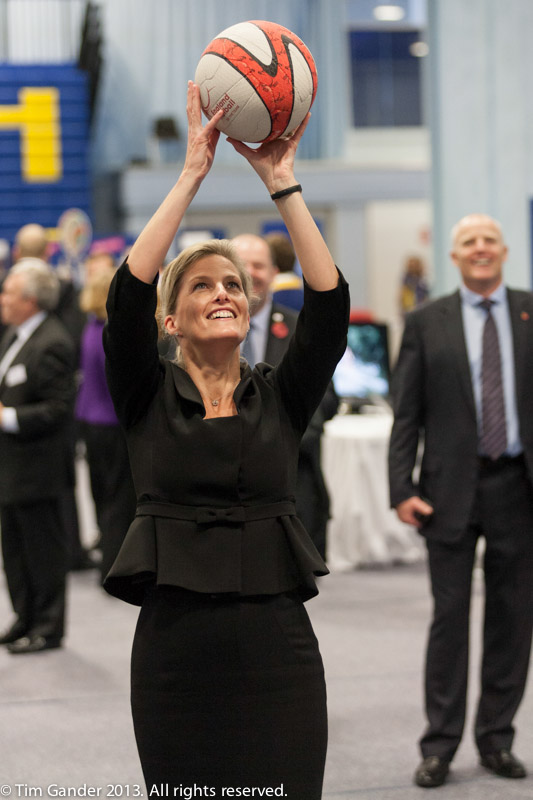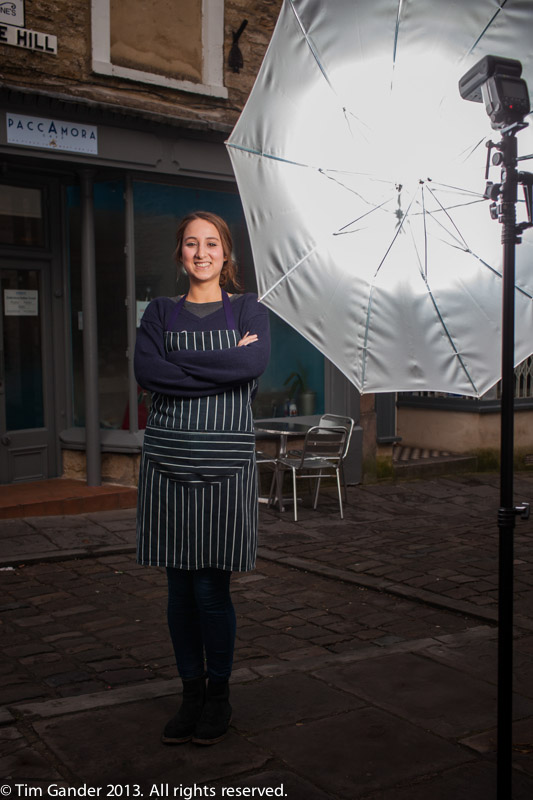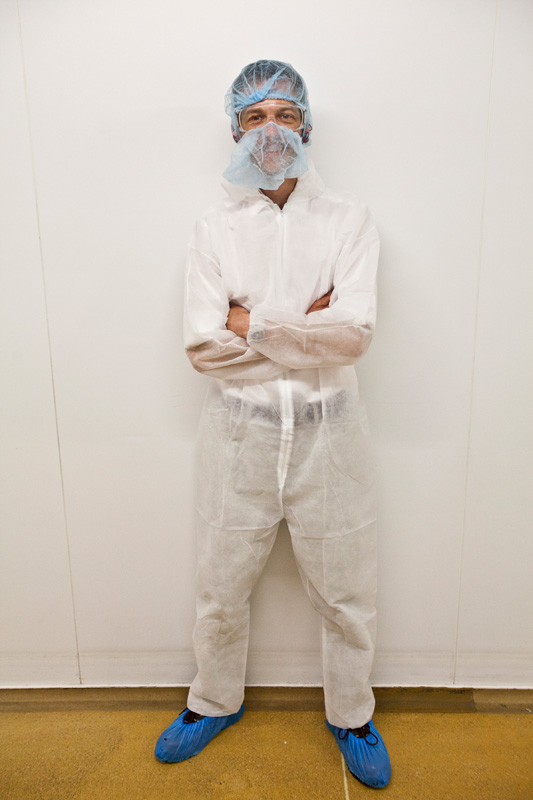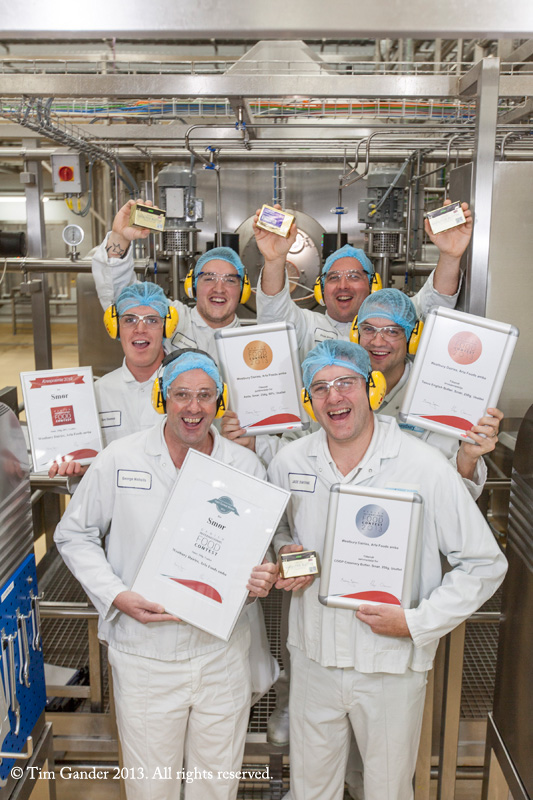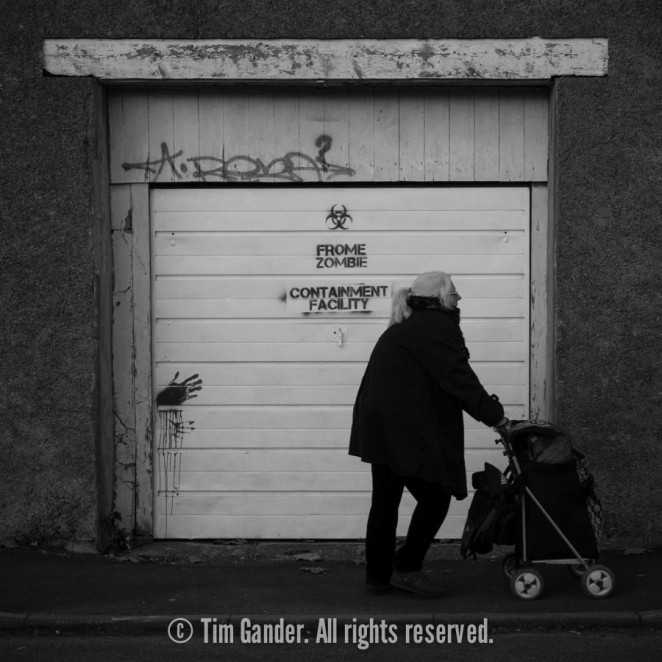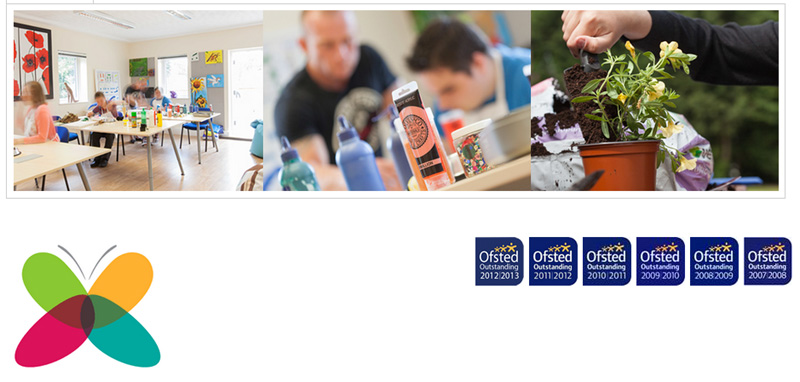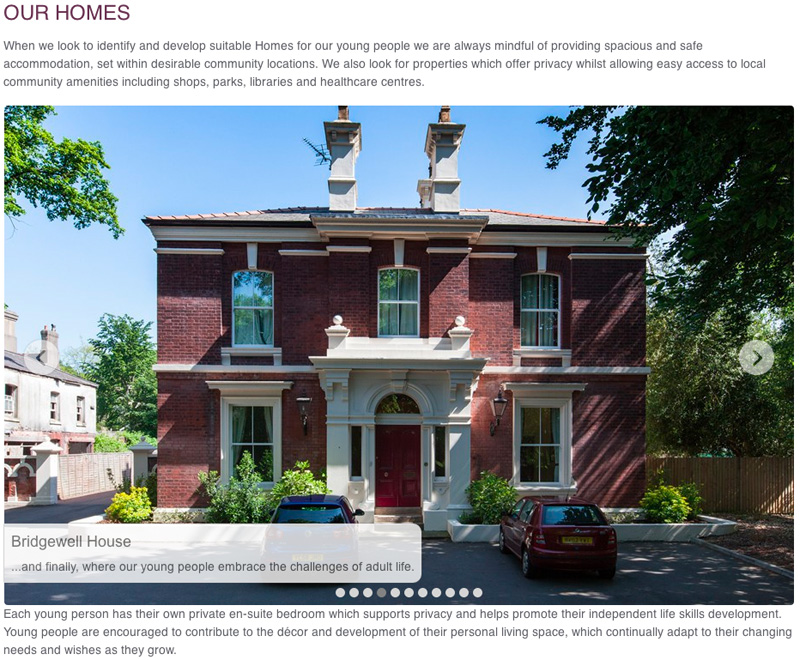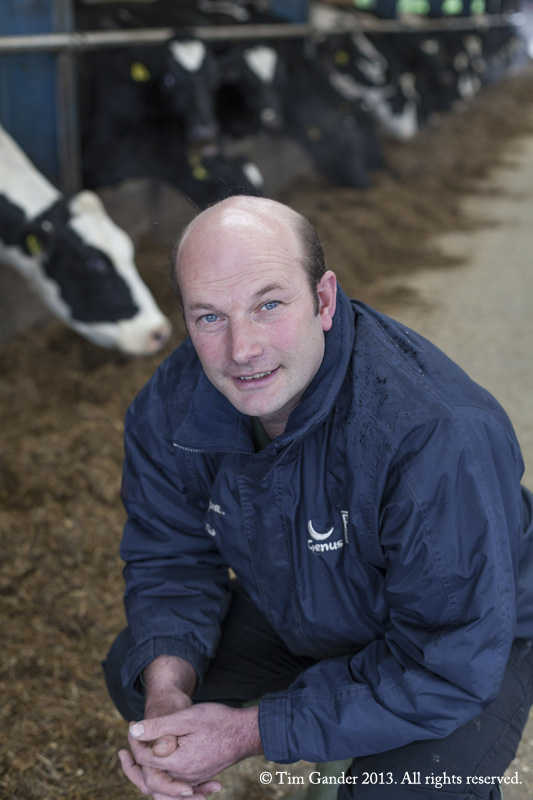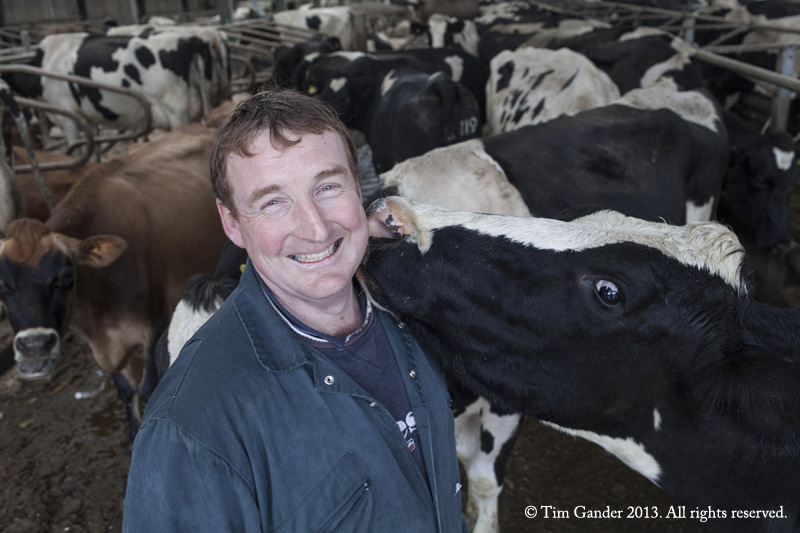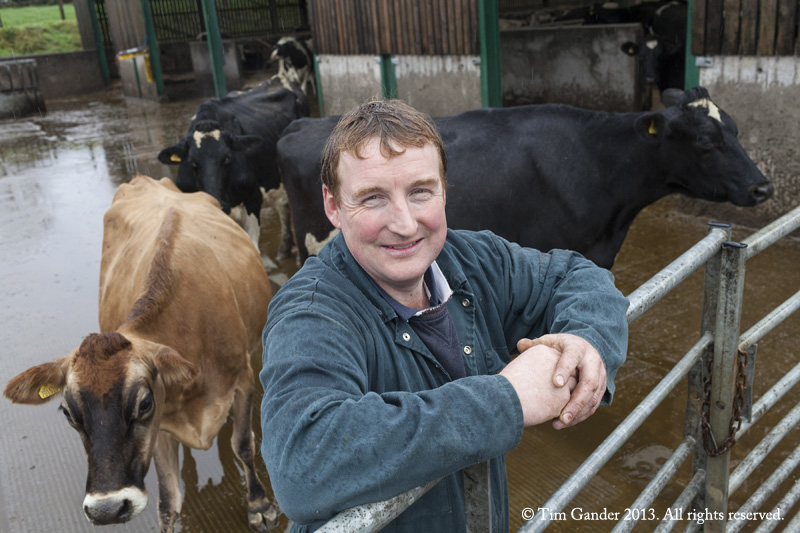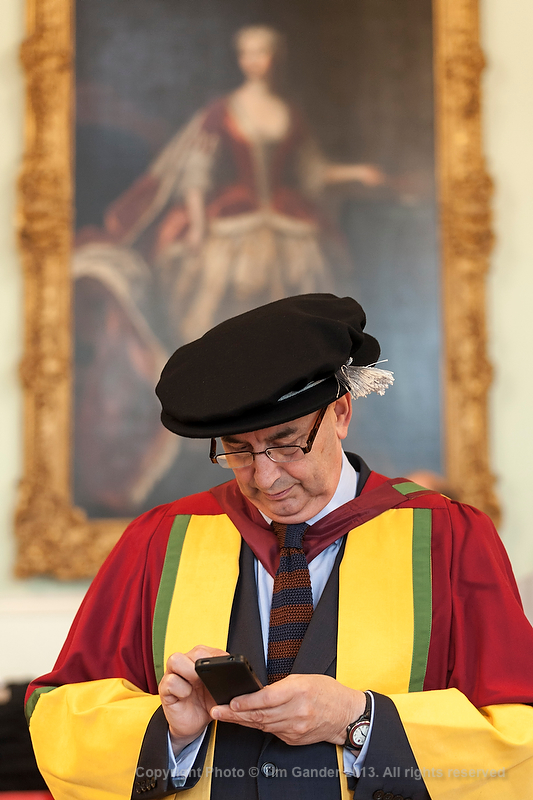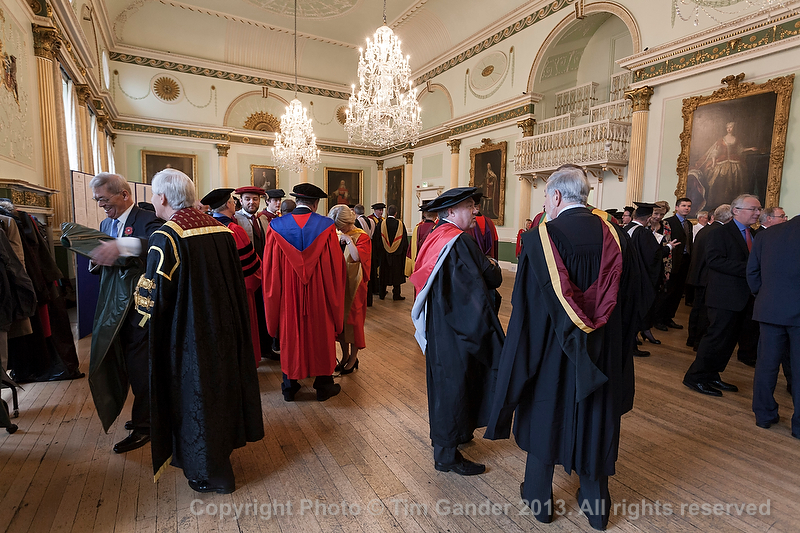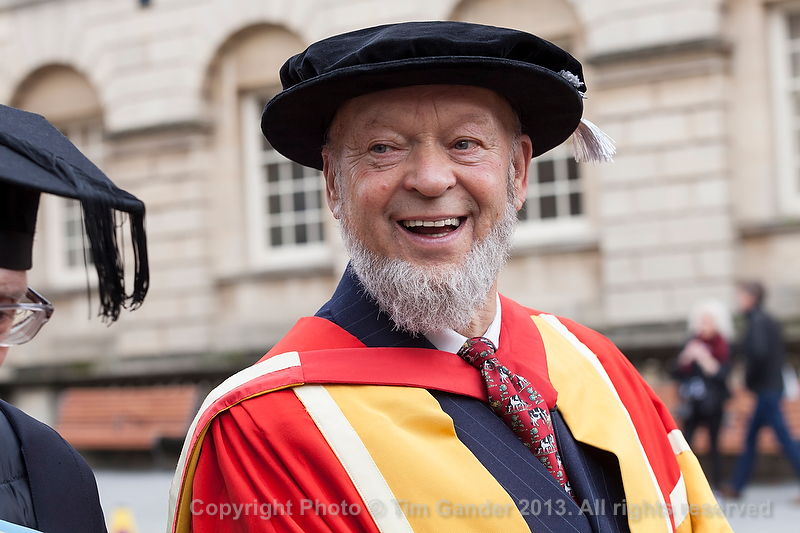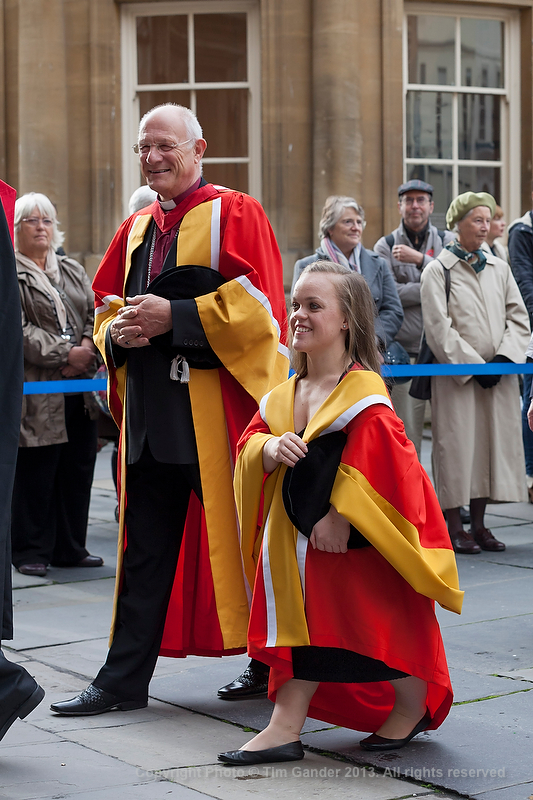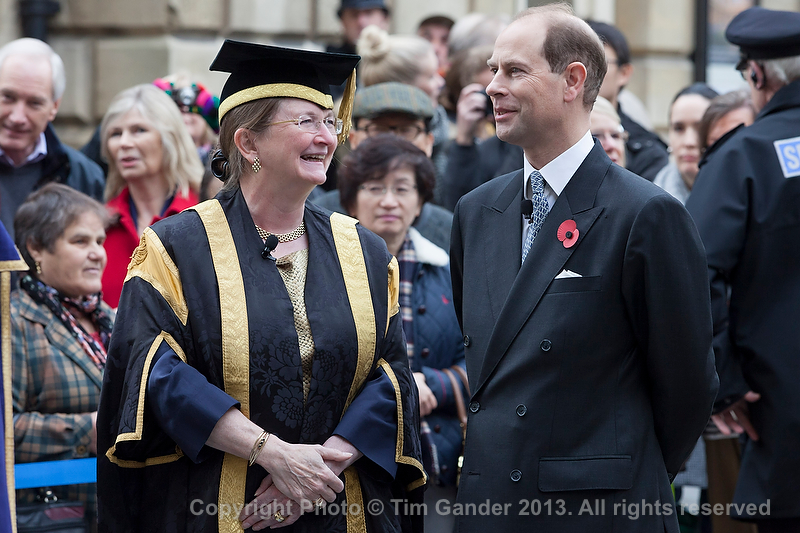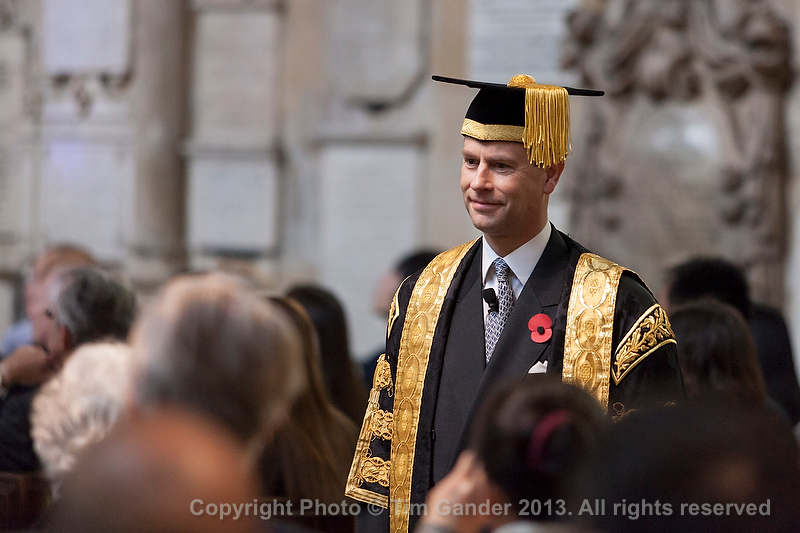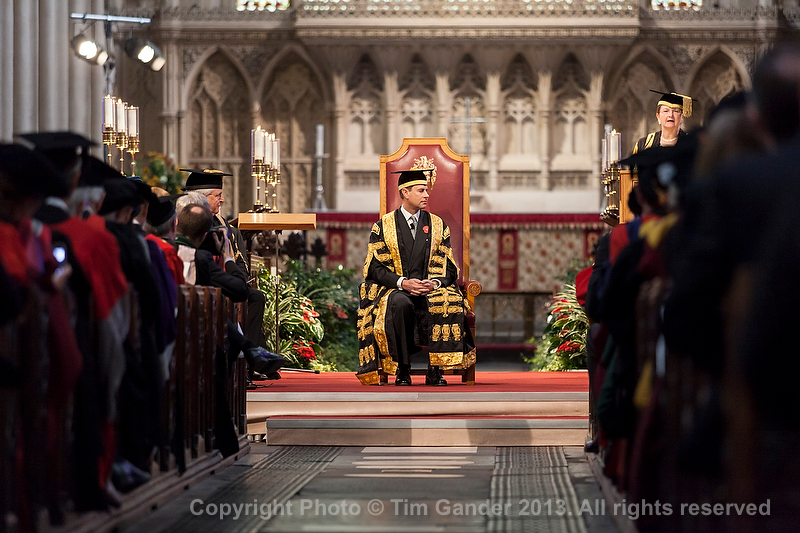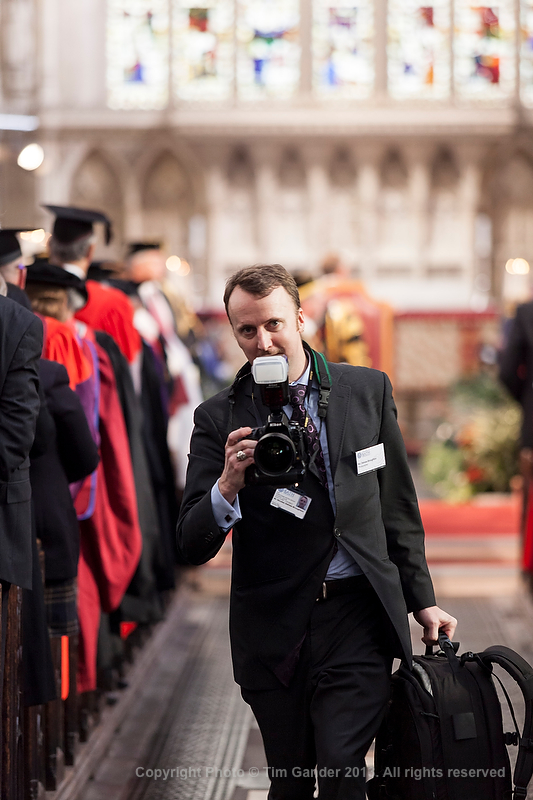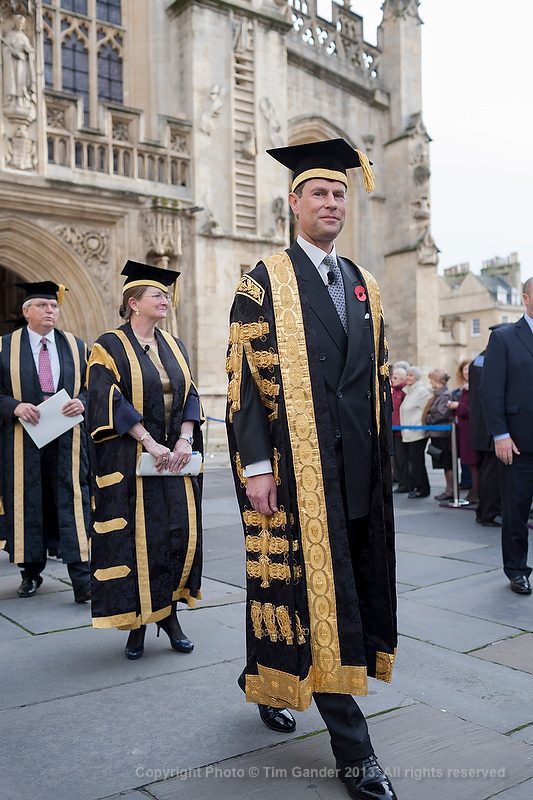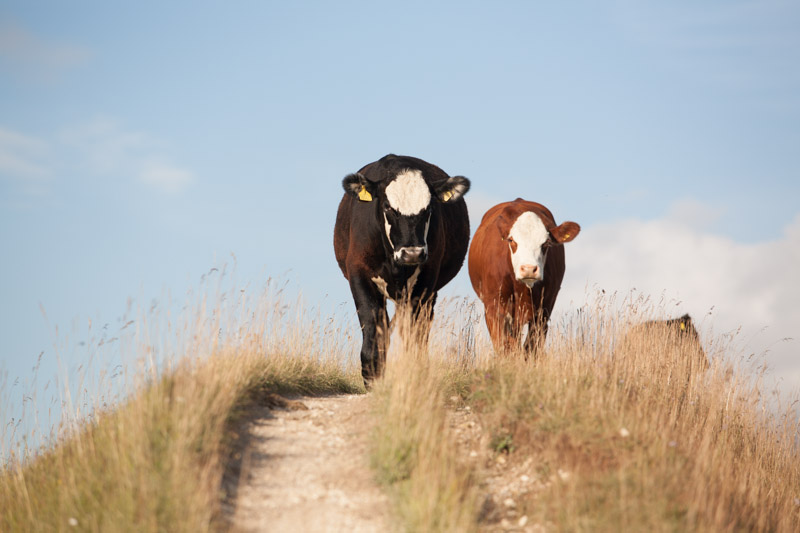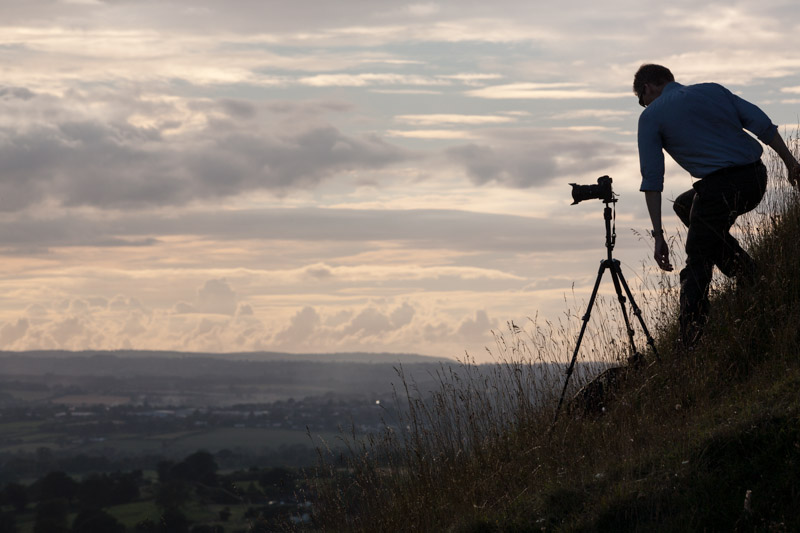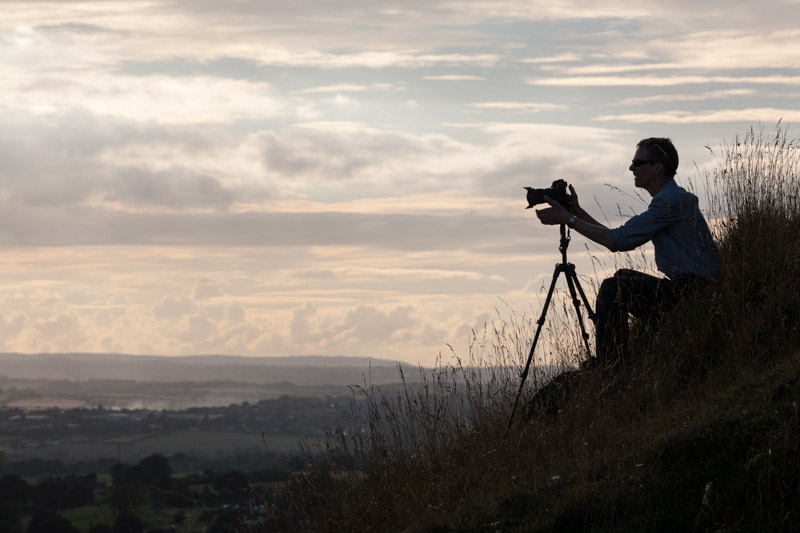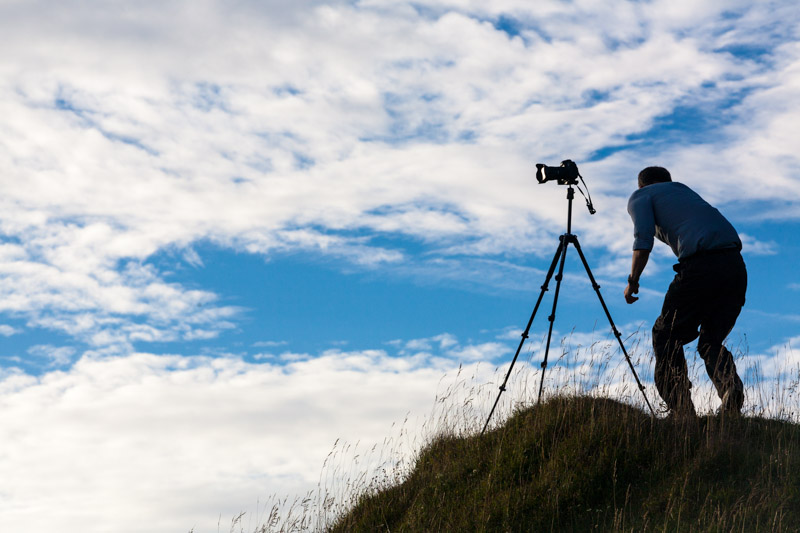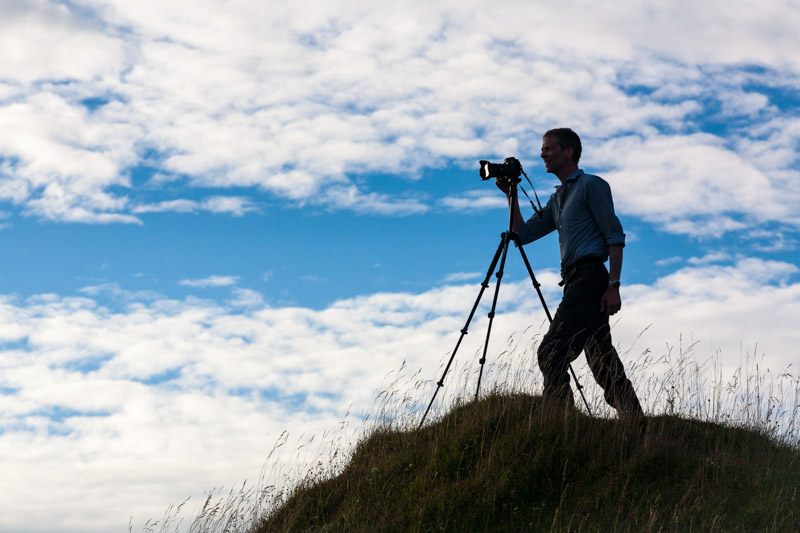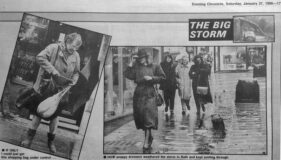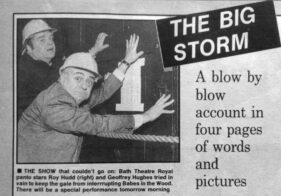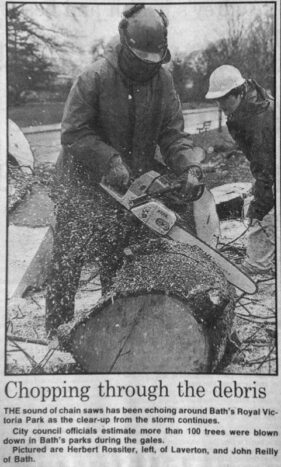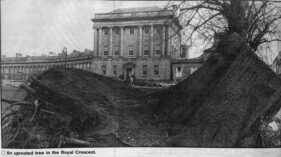Author portrait sessions are fun, I just don’t get to do them very often. That’s a slight understatement because in fact I believe in the last 15 years as a freelance I’ve done the grand sum of two. The first was in May 2003 for sci-fi writer Karen Traviss for her book City of Pearl, the second was in November last year for young adult fiction writer Sally M Gander* as part of the launch of her debut ebook, The Big Deep. A gap of just over a decade. Hardly London buses then.
What’s fun about them is that they are an opportunity for more creative input than I tend to get with, for example, corporate portraits. Using Sally as an example, we were able to discuss style and mood which feeds into considerations of location and, for me at least, what kit to use. Also, since the writing world has changed so dramatically since the halcyon days of 2003, we needed to consider context a lot more.
Not only will these photos be needed for a possible inside jacket, but also for all kinds of social media, blog use, press use, print and digital. In fact I suspect the shoot covered Sally for pretty much everything barring projection onto the London gherkin (not sure what my obsession with all things London is this week).
We started the session with some fairly straight head shots, indoors against a white backdrop, then switched to grey. Some smiling, some straight-faced as these are useful for when a portrait is to be used very small somewhere.
After the warm indoor part we ventured onto the chilly streets of Frome and worked on getting more mood into the shots and making sure there was a variety of landscape and portrait orientations and shots with left/right emphasis. In order to work fast I stuck to just two lenses, a 35mm and a 105mm, and a single flash to augment the rather nice daylight.
Even keeping it simple takes some time. Add in the odd interruption (a hazard of taking photos on the street) and a couple of changes of location, and by the time I’d finished Sally’s eyes were watering so much it looked as if she might be crying. It’s possible she was, it was bitterly cold.
The session finished, later that day I did the editing and processing on the files and delivered them to Sally, who said they were absolutely the best photos ever taken of her (I paraphrase, but she was definitely pleased).
So now all I have to do is wait another decade for my next writerly client. I’ll let you know when it happens.
To buy Sally M Gander’s debut novel The Big Deep, click here.
*Yes, there is a relationship between myself and Sally M Gander. We are married. We are separated. We are friends.

